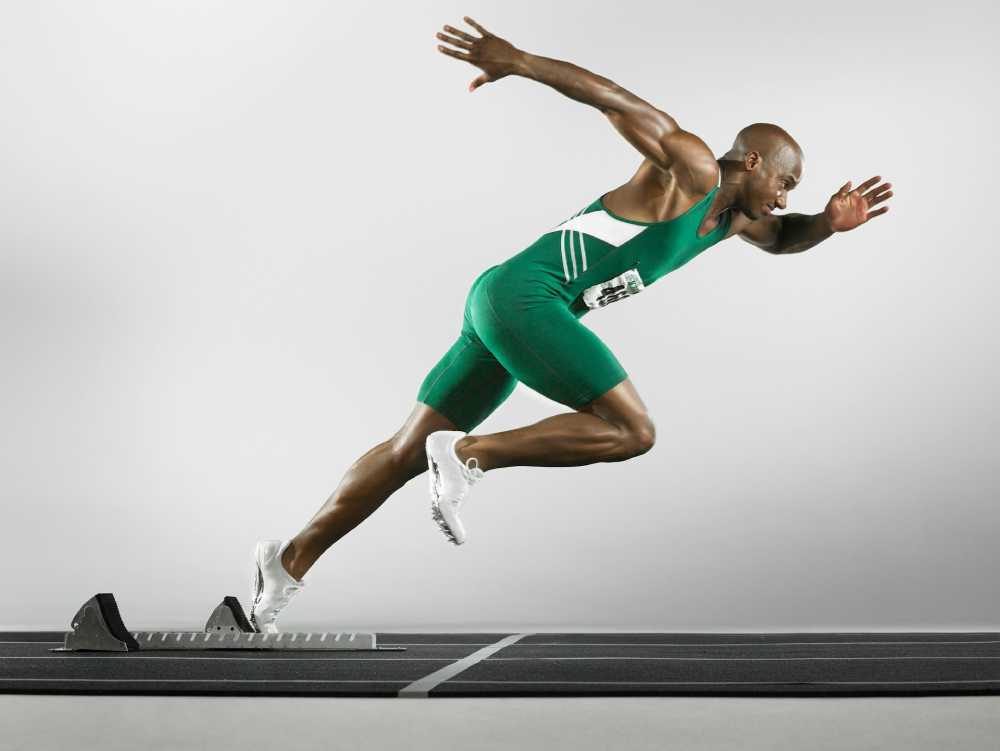In the rapidly evolving world of sports, athletes seek every advantage they can get, often finding it within the threads of their clothing. With a market push for apparel that transcends mere aesthetics, the fabric becomes a cornerstone for improved performance and enhanced user experience.
Today, innovative materials like lingerie fabric have emerged as a breakthrough, offering dynamic stretch and lasting shape to meet the needs of rigorous and diverse athletic movements while maintaining the aesthetic qualities crucial to modern style.
Innovation in athletic fabrics isn’t just about performance; it’s about addressing sustainability concerns, too. Fabrics incorporating recycled materials or those with low environmental impact are gaining traction, aligning with the values of both athletes and consumers.
Furthermore, advancements in moisture-wicking and temperature-regulating technologies are revolutionizing comfort during intense workouts or competitions. Integrating intelligent textiles embedded with sensors or conductive fibers opens up possibilities for real-time performance monitoring and analysis, providing athletes with valuable insights into their training and recovery.
As the demands on athletes continue to evolve, the textile industry must keep pace, pushing the boundaries of innovation to support peak athletic performance while prioritizing sustainability and user experience.
Balancing Performance and Comfort
One of the ultimate tests for athletic wear is its ability to uphold the athlete’s peak performance alongside comfort. Fabrics must provide support without constriction, allowing for a full range of motion while avoiding irritation or distraction.
Cutting-edge materials embrace these challenges, offering tailored elasticity and breathability to facilitate peak physical exertion. The latest fabrics respond to extensive demands for performance gear that cater to the professional athlete’s endurance and an amateur’s resolution, amplifying effort with every move.
Moreover, the quest for lightweight yet durable fabrics drives research into nanotechnology applications, resulting in textiles offering unparalleled strength-to-weight ratios. Innovations such as seamless construction and ergonomic design minimize chafing and maximize comfort, which is essential for prolonged wear during training sessions or competitions.
Additionally, advancements in antimicrobial treatments ensure odor control, maintaining freshness even during extended use. Incorporating sustainable practices, such as eco-friendly dyes and production methods, underscores a commitment to both performance and environmental responsibility.
Ultimately, the fusion of performance-enhancing features with comfort-focused design principles sets a new standard for athletic apparel, empowering athletes to push their limits without compromise.
Enhancing Athletic Output
As the gap between winning and losing becomes increasingly slim, athletes turn to scientific advancements in fabric technology as a crucial aid. The deliberate design of modern athletic fibers is intended to reduce muscle oscillation and fatigue, thereby offering the chance for enhanced athletic output.
These fabrics are not just passive components of the wearer’s attire; they actively contribute to performance, interacting with the body’s physical exertion in a way that was once the realm of science fiction.
Sustainability in Sports Apparel
Sustainability in the textile industry is no longer a choice but a necessity. As consumers become more environmentally aware, the role of sustainability in sports apparel takes center stage. The shift toward low-impact, renewable, and recyclable fibers aligns with the broader trends of conservation and mindfulness.
Athletes and casual exercisers make deliberate choices in favor of the environment, directly affecting production practices and buying habits. Indeed, recent research emphasizes the growing penetration of eco-friendly materials in the market, highlighting consumer enthusiasm for green alternatives in every aspect of their lives, including sports.
The Future of Sportswear Fibers
Envisaging the future often requires looking through the lens of current progression, and in the realm of sportswear fibers, such foresight predicts a transformative impact. In conjunction with material science, the burgeoning field of wearable technology unlocks the potential for textiles that can respond to a myriad of stimuli—temperature, movement, or even the wearer’s biofeedback.
These ‘smart’ textiles, at the helm of the industry’s future, promise an era where athletic attire protects, supports, and proactively enhances performance.
Considerations for Choosing Athletic Wear
The decision-making process for purchasing athletic wear is as nuanced as the sports. Potential buyers must weigh various factors, such as the material’s moisture-wicking properties, breathability, and thermal regulation.
Understanding how these fabric characteristics translate to real-world scenarios can greatly influence purchases. Such awareness ensures the selection of athletic wear that fits well. It symbiotically aligns with the athlete’s physiological needs and environmental concerns, extending beyond mere functionality to tap into the body’s potential.
The Role of Research and Development
The fabric that finds its way into the sports bags of athletes worldwide originates from ideas that gestate in the laboratories and research facilities dedicated to textile innovation. The relentless pursuit of excellence by research and development teams is a testament to the progress in sports apparel. These professionals combine art and science, envisioning and creating materials that redefine the boundaries of athletic wear.
Integrating Technology into Fabrics
The term’ wearable technology’ takes on a literal meaning regarding the unification of tech and textiles. Convergence is the order of the day as developers weave sensors and other innovative technology directly into the fabric’s DNA. These innovations herald a new age where garments can provide real-time analytics on performance metrics or even adjust their properties in response to physiological data.
The potential extends beyond sportswear, with implications for healthcare, the military, and other domains. While such advancements promise to enhance athletic prowess, they pose new challenges about data privacy, fabric care, and cost. Nevertheless, as tech and textiles continue to blend, the future of athletic wear looks to be not just smart but truly intelligent.



